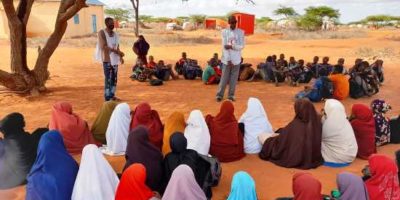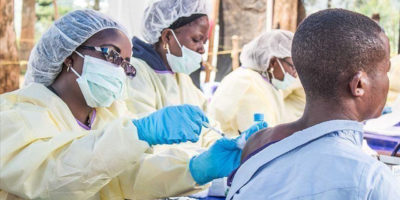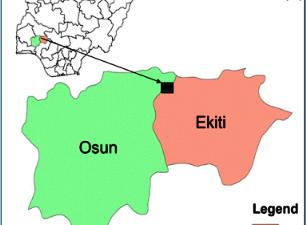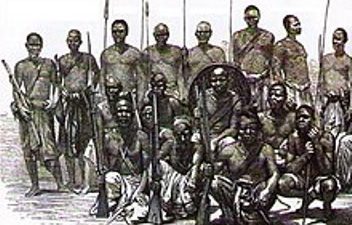For years scientists have examined DNA fragments of animals and insects for biodiversity preservation, but researchers from the University of Ghana for the first time are using DNA “barcoding” – examining a small fraction of an organism’s DNA sequence – for disease control. “We wanted to answer the question of how barcoding can go beyond identification and tell us what type of mosquitoes are deadly and where they live,” said the study’s lead researcher Daniel Boakye.
Researchers have used DNA to identify mosquito species since 2003, but Boakye told IRIN that up to now sequencing had not been used for disease control. He said epidemics require that science be fast-forwarded. “It would take at least five years to examine the entire genome of a single Anopheles mosquito, which includes 278 million DNA base pairs.” Mosquito barcoding examines only a small portion of the entire DNA chain, which scientists in Canada in 2003 showed was LINK sufficient for identifying an organism.
With a US$200,000 grant from the US-based JRS Biodiversity Foundation, Boakye has researched for the past two years how mosquitoes spread lymphatic filariasis (LF), also known as elephantiasis because of the extreme swelling it causes.
According to World Health Organization (WHO), 120 million people worldwide are infected with LF, of whom one-third are permanently disfigured. Spread through mosquito bites, the disease is most common in rural areas of Africa and Asia. Boakye said his team microscopically examined mosquitoes to find ones infected with LF, took DNA samples from more than 100 mosquitoes and identified 10 species that transmitted LF. “Our research allows us to find places of high infection, which helps target insecticide spraying,” he said.
Blanket spraying of insecticide can lead to drug resistance and ecosystem damage without reducing debilitating LF infections, according to JRS Foundation. It has been difficult to know which mosquitoes spread the disease and where, said James L. Edwards, JRS Foundation board president. “These mosquitoes would otherwise have been undetected because their morphology [structure] is very similar.” Edwards added that studying mosquitoes’ entire genome takes too long and is too expensive. “For such deadly diseases, we do not have much time.” Ghanaian researcher Boakye said he would like next to barcode flies that spread onchocerciasis, or river blindness, and leishmaniases, which result in blindness and permanent scarring, respectively.
















